Springtime plantar fasciitis sufferers are the target audience of this blog post, which aims to provide them with helpful recommendations and practical information. Due to the increased physical activity and time spent on one’s feet that generally accompany warmer weather, controlling plantar fasciitis during this season can be particularly difficult. This article tries to advise how to prevent flare-ups of plantar fasciitis symptoms and how to manage the pain and discomfort when they arise. This blog post will encourage folks to take control of their heel pain symptoms and enjoy the spring season to the fullest by providing concrete advice and insightful information.
Plantar fasciitis is a frequent condition that causes inflammation and pain in the plantar fascia, a thick connective tissue band that runs along the sole of the foot to the heel bone. This condition is frequently caused by repetitive stress on the foot and ankle, and it is of particular importance during the spring due to the increase in physical activity. Sports like running, barefoot walking, hiking, and gardening can all put additional strain on the foot, which can exacerbate current heel pain symptoms or possibly lead to new symptoms such as achilles tendon pain. In addition, spring cleaning procedures that demand long periods of standing, such as carpet deep cleaning and window washing, can lead to foot pain. As a result, it is vital to take proactive measures to control plantar fasciitis throughout the spring season to prevent further damage and promote healing.
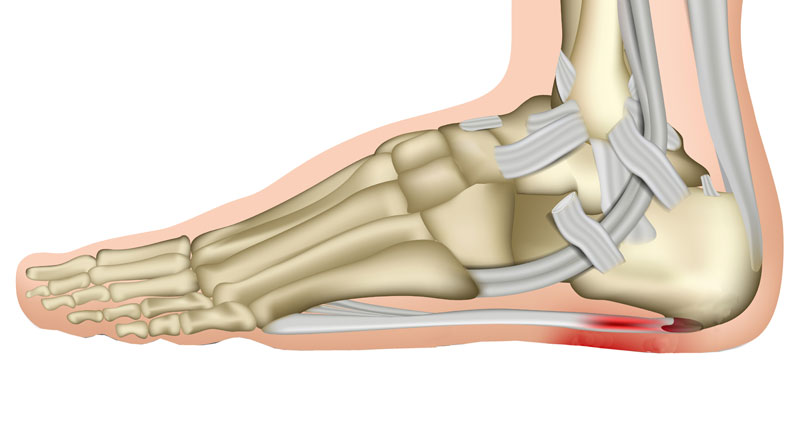
Understanding the Springtime Causes of Plantar Fasciitis
Plantar fasciitis is more prevalent in the spring for a variety of reasons. Secondly, during the spring, people are typically more active, engaging in activities such as running, hiking, and gardening, which can significantly strain the foot. This can cause inflammation and pain in the plantar fascia, the thick band of tissue that runs around the bottom of the foot. Second, as the temperature warms, people are more inclined to wear sandals or lighter shoes that lack enough arch support, so increasing the strain on the plantar fascia. Finally, spring cleaning activities such as vacuuming, mopping, floor washing, and other tasks that demand prolonged standing can contribute to the development of plantar fasciitis. Those who have been less active over the winter may experience overuse injuries, such as plantar fasciitis if they suddenly raise their activity level too rapidly. All these elements can induce or intensify plantar fasciitis symptoms in the spring, making it crucial to adopt preventative and therapeutic steps.
Preventive Measures
Here are some springtime preventative measures for plantar fasciitis flare-ups:
Before engaging in any physical activity, stretch your foot, calves, and ankles to release the plantar fascia and prevent strain. In addition, warming up with modest exercise like walking might assist in preparing the feet for more strenuous activity.
Employ supportive footwear: Wearing correct footwear with sufficient arch support and cushioning will help lessen the strain on the plantar fascia. Avoid shoes with flat soles and go for those with adequate cushioning, stability, and support.
Keep a healthy weight: Carrying excess weight can increase the pressure on your foot, resulting in increased strain on the plantar fascia. Keeping a healthy weight helps lower the likelihood of developing plantar fasciitis.
Take frequent pauses to relax your feet and shift your weight if you stand for an extended time. In addition, alternating activities such as walking and sitting might alleviate foot discomfort.
Consider orthotics: Custom-made orthotics can assist in uniformly distributing pressure on the feet, thereby minimizing strain on the plantar fascia. See your physician or podiatrist to determine if orthotics are viable for you.
To lessen the risk of plantar fasciitis during specific activities, adjusting them to reduce plantar fascia tension is essential. Here are some particular instances:
Running: Running is a high-impact activity that can put much stress on the feet. Consider decreasing the frequency and duration of your runs to lower your risk of plantar fasciitis. You can also substitute running with cycling or swimming, low-impact exercises. In addition, it is essential to use running shoes with adequate arch support and cushioning.
Gardening: Gardening can be a terrific way to enjoy the spring weather, but it can also be harsh on the feet. To lessen the risk of plantar fasciitis, attempt to restrict your time standing or kneeling. Try utilizing a stool or kneeling mat to alleviate foot strain. You can also break up your gardening duties into shorter, more frequent sessions to give your feet a chance to relax.
Hiking is a favorite springtime sport, but it can be a high-impact activity that places a significant amount of strain on the feet. To prevent the risk of heel pain, use hiking boots with enough arch support and padding. Moreover, consider selecting a trail that is less steep or shorter in length, mainly if you are a beginner hiker.
By altering these activities to lessen the strain on the foot, you can help limit the risk of plantar fasciitis and enjoy all the activities that come with the spring season. Always pay attention to your body and pause when necessary to prevent overuse problems.
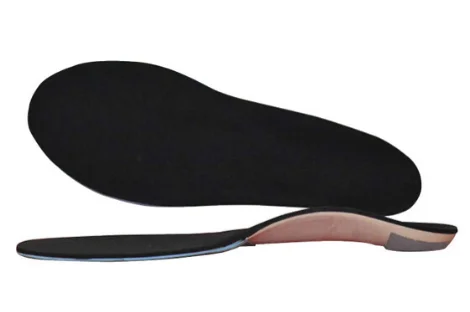
Managing Plantar Fasciitis: Therapeutic Options
Calm and Ice
Rest: Reducing weight-bearing activities to allow the plantar fascia to heal.
Ice: Applying ice to the affected area to relieve pain and inflammation.
Physical rehabilitation and exercises
Stretching: To reduce stress and increase flexibility in the plantar fascia and surrounding muscles.
To increase the strength of the muscles that support the foot’s arch through strengthening activities.
Equipment and Orthotics
Wearing shoes with enough arch support and cushioning can prevent plantar fascia tension.
Orthotics are custom-made shoe inserts that can give additional support and evenly distribute strain on the foot.
Medications
Anti-inflammatory drugs: Nonsteroidal anti-inflammatory drugs (NSAIDs) such as ibuprofen or naproxen can aid in reducing pain and inflammation.
Injections of corticosteroids: Injections of corticosteroids can help reduce pain and inflammation in the affected area.
Other Therapies
Night Splints: Using a night splint while sleeping can assist in stretching the plantar fascia and preventing it from stiffening overnight.
Extracorporeal shock wave therapy involves the application of high-energy shock waves to the damaged area to promote healing.
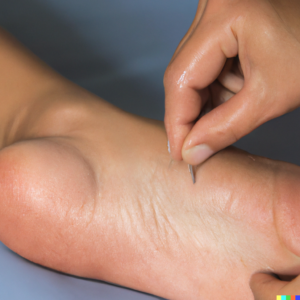
Alternative Treatments for Arch and Heel Pain
Physical therapy: A physical therapist can create an individualized treatment plan that includes stretching and strengthening exercises and alternative modalities such as ultrasound and electrical stimulation. Biological treatment can relieve pain and enhance the foot’s flexibility and range of motion.
Massage helps relieve stress in the plantar fascia and adjacent muscles. A massage therapist can employ deep-tissue massage techniques to reduce discomfort and increase blood flow to the affected area.
Acupuncture includes inserting tiny needles into particular sites on the body to alleviate pain and promote healing. Acupuncture can reduce pain and increase blood circulation to the affected area.
Although the majority of cases of plantar fasciitis can be treated non-invasively, there are circumstances in which invasive treatments such as steroid injections or surgery may be required. Consider the following variables while deciding on more invasive treatment options:
A healthcare expert may propose more intrusive procedures if the pain and inflammation are severe and non-invasive treatments are ineffective.
More invasive approaches may be considered if the symptoms have been present for several months and non-invasive treatments have failed to alleviate them. More invasive treatments may be required if the symptoms interfere significantly with daily activities, such as walking or standing for extended periods.
If underlying issues, such as a bone spur, contribute to plantar fasciitis, surgery may be required to resolve the issue.
Suppose the patient has attempted non-invasive therapy but continues to experience substantial pain and discomfort. In that case, they may elect to pursue more intrusive choices.
Injections of corticosteroids can be beneficial in lowering inflammation and pain in the affected area. However, they should be used with caution due to the possibility of side effects. Surgery, such as plantar fasciotomy, may be advised in severe cases of plantar fasciitis that do not respond to non-invasive therapies. Contacting a healthcare practitioner to establish the optimal course of treatment for your particular condition is essential.
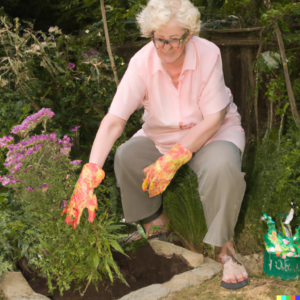
Adaptive Strategies for Plantar Fascia
Springtime plantar fasciitis pain management might be complex, but effective coping tactics are available. Here are some recommendations for managing plantar fasciitis pain:
If you are indulging in activities that place a great deal of strain on your feet, such as gardening or running, take a break every 30 minutes to give your feet a rest.
Over-the-counter pain medications, such as ibuprofen or acetaminophen, can alleviate discomfort and inflammation.
Employ supporting devices: Shoe inserts or orthotics can offer additional support and cushioning to the feet, alleviating pain and discomfort.
Use ice: Applying ice to the affected area can help ease discomfort and reduce inflammation. Try freezing the affected area for 15 to 20 minutes daily.
Change painful activities. Modify painful activities. If jogging causes discomfort, consider walking or swimming instead. Consider utilizing a raised garden bed to lessen the need for bending and kneeling if gardening gives you pain.
Wear supportive footwear: Wearing supportive and properly fitting shoes can help minimize pain and provide excellent shock absorption.
Stretching and strengthening exercises Stretching and strengthening exercises can help alleviate discomfort and increase the foot’s flexibility and range of motion. Talk with a physical therapist to design a specific workout plan.
It’s vital to remember that controlling plantar fasciitis discomfort involves patience and persistence. With the correct combination of self-care, lifestyle modifications, and medical therapy, most cases of plantar fasciitis can be controlled effectively.
Conclusion
This blog post emphasized the need to control plantar fasciitis during the spring due to increased activity levels and different lifestyle factors that might contribute to flare-ups. The post offered suggestions for avoiding and treating plantar fasciitis, such as stretching and warming up before activities, using supportive footwear, and adjusting specific activities to lessen the chance of flare-ups. The essay also listed several treatment alternatives, including non-invasive approaches such as rest, ice, and over-the-counter medication, as well as more invasive ones such as steroid injections or surgery. In addition, springtime plantar fasciitis pain management solutions were also provided.
In conclusion, it is crucial to managing plantar fasciitis throughout the spring to avoid aggravating symptoms and extend healing time. Readers are encouraged to seek expert medical guidance if they have persistent or severe plantar fasciitis symptoms. Every case is unique and requires an individualized treatment approach. Most cases of plantar fasciitis can be effectively treated with the correct combination of self-care, lifestyle adjustments, and medical treatment.

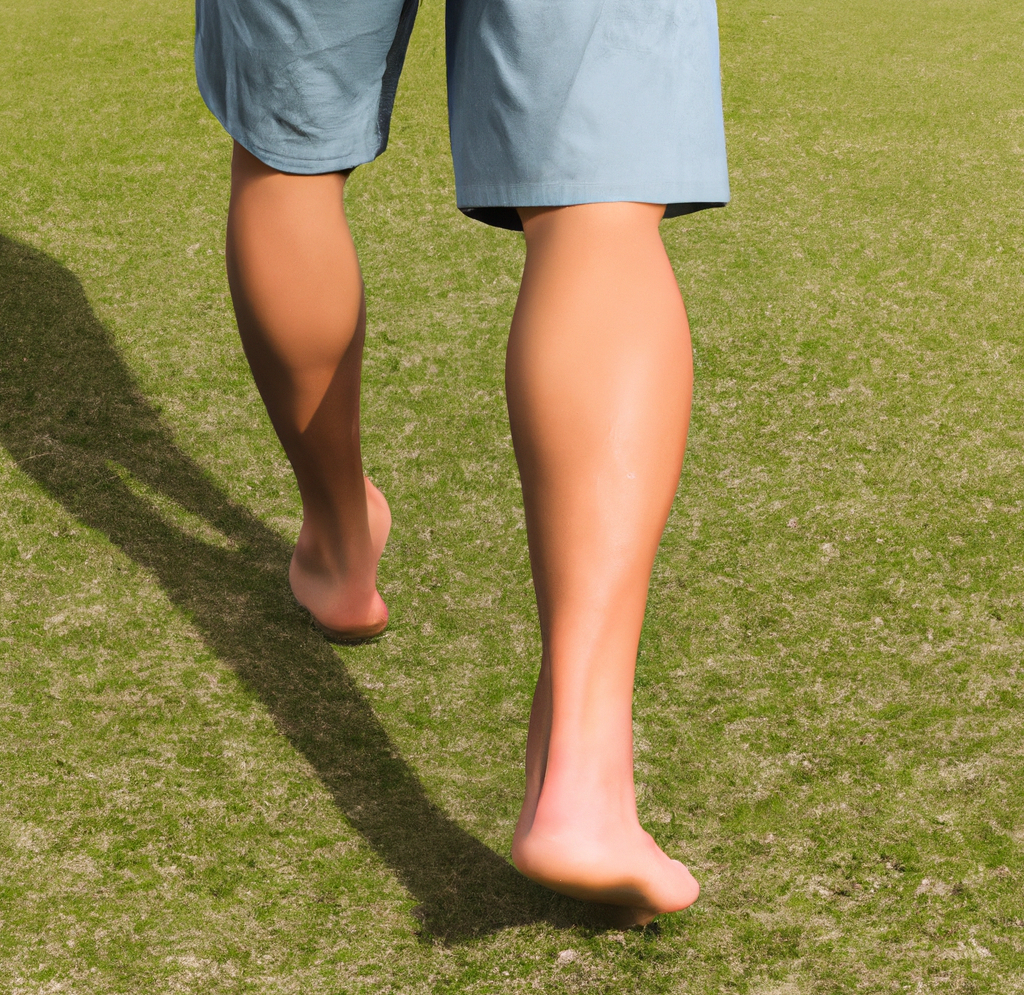
Very nice article. I definitely appreciate this website. Thanks!